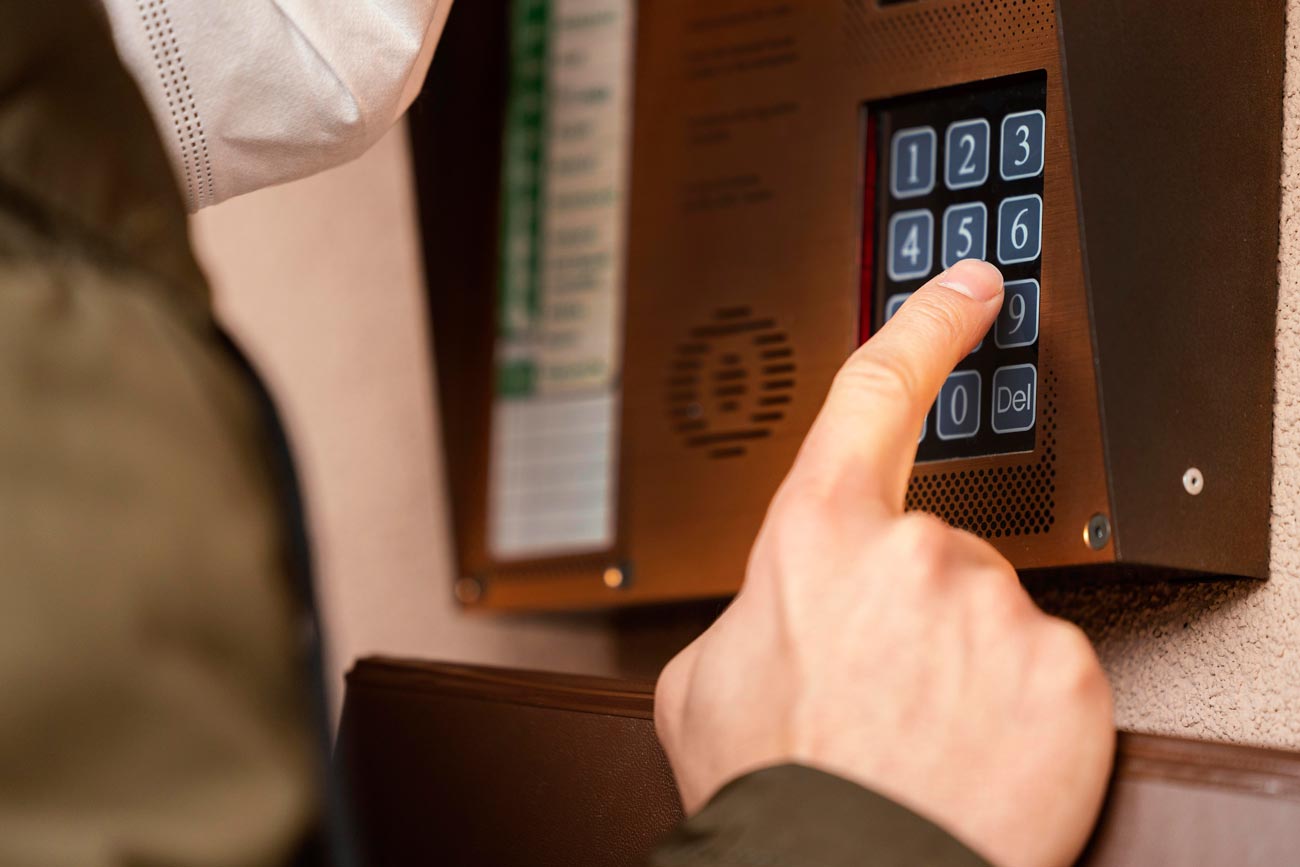Blogs

When Access Control Goes Ancient: Signs It’s Time to Retire That Old System
- Super User
At some point, even the most reliable piece of equipment starts to act its age. Cars start with a cough, phones refuse updates, and access control systems… well, they start doing that thing where the door only opens if the badge is swiped just right—while the wind is blowing from the east and Mercury is in retrograde.
Look, access control doesn’t have to be ancient to be outdated. But if it’s been quietly running the show since the Bush administration (pick one), it might be time to check for signs that it’s holding the building hostage rather than securing it. Below are a few of the key red flags.
1. The System Has a Mind of Its Own
When a door unlocks a full 10 seconds after the badge is swiped, or worse, doesn’t unlock at all unless someone performs the sacred tap-tap-slide ritual, something’s off. These aren’t charming quirks. They’re signs that the software is aging, the readers are glitchy, or the hardware is crying for help. If the system is introducing more guesswork than protection, that’s a problem.
2. Managing Credentials Feels Like Filing Taxes
Modern systems make adding and removing users a two-click operation. If issuing a new badge requires a user manual, a support ticket, and the patience of a monk, the system is too old. Worse yet, if there's no way to disable a badge remotely, and someone loses their access card over a long weekend, that door is essentially just open for business to whoever finds it. That’s not security—that’s a scavenger hunt.
3. No Remote Access = No Control
Back in the day, it made sense that the only way to manage door schedules was at a desktop that looked like it survived Y2K. Now? If the access control system can’t be managed from a secure web dashboard or mobile device, it’s officially lagging behind. Remote access allows doors to be locked or users added without driving across town or calling the IT person who left two jobs ago.
4. No Integration, No Peace
Security systems today aren’t meant to operate in silos. Fire alarms, surveillance feeds, intercoms, and intrusion detection should all talk to the access control system like coworkers on a good day. If the door system insists on working alone—refusing to communicate with anything else—it’s like having a coworker who won’t respond to emails unless they’re written in Comic Sans. Outdated and problematic.
5. Logs That Tell You Nothing Useful
Access logs should help trace who entered, when, and where. If the system can’t differentiate between Janitor Jim and Finance Fran, or worse, can’t show the last 30 days of entry history, it’s not pulling its weight. Audit trails matter, whether it’s for an internal review or to satisfy insurance or compliance folks. If the log reports look more like a faxed phonebook from 1994, the system might belong there too.
6. No Support, No Spare Parts, No Hope
When vendors stop offering updates, or the only person who can service the system retired to a fishing cabin off the grid, that’s a flashing warning sign. It’s only a matter of time before something breaks and there’s no one left to fix it. Being dependent on obsolete hardware is like driving a car where the only replacement part is on eBay… in another country… listed as “untested.”
7. Stuck in a Credential Time Warp
Magstripe cards were great—back when Blockbuster was king. If the system still runs on those or refuses to accept mobile or encrypted credentials, it’s basically working with outdated locks and hoping nobody notices. Today’s systems allow for mobile credentials, key fobs, smart cards, and more. If a modern access method sounds like science fiction to the system, it’s time to upgrade.
8. Scaling Up Feels Like Rebuilding the Death Star
Adding a new door shouldn’t require rewiring the entire building or sacrificing a goat. If expanding the system is expensive, disruptive, or downright impossible, the infrastructure may have reached its limit. Systems built for growth are modular. If the current one reacts to change like a cat being given a bath, it may have outlived its usefulness.
9. Compliance Isn’t Optional
In many industries—especially healthcare, education, and government—access control systems must meet specific compliance standards. That means encrypted transmissions, access-level reporting, and data retention. A system that can’t meet those criteria may not just be outdated—it could be noncompliant. That’s a word nobody wants showing up in an audit report.
10. Security Shouldn’t Be a History Lesson
Aging systems often become “good enough” until they fail spectacularly. That’s usually during a weekend, a holiday, or right before an important meeting. Waiting until failure isn’t a strategy—it’s a countdown.
Wrapping It Up
Access control systems are the unsung heroes of modern facilities—until they start acting up. Then they become the villains of every Monday morning. Recognizing the signs of an outdated system helps avoid the kind of problems that lock people out, let the wrong ones in, or cause system-wide headaches.
It’s not about chasing the latest tech for tech’s sake. It’s about making sure the infrastructure is still working for the building’s needs—and not against them.
If things are starting to squeak, creak, or beep at the wrong time, it might be time to ask some hard questions. Starting with: is this system still doing its job, or just taking up space like an old VCR in the break room?
Sometimes, the answer is easier than expected. And far less noisy.



